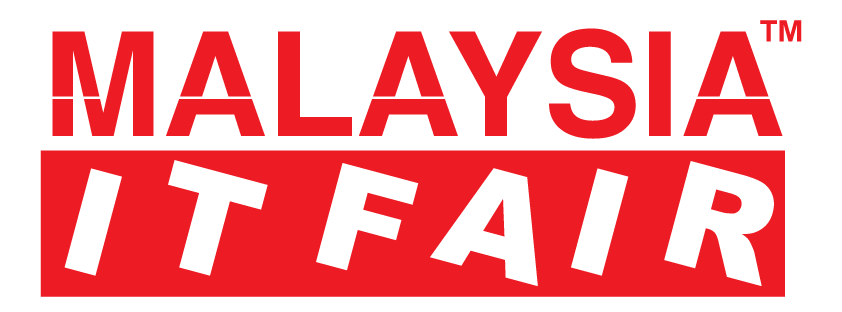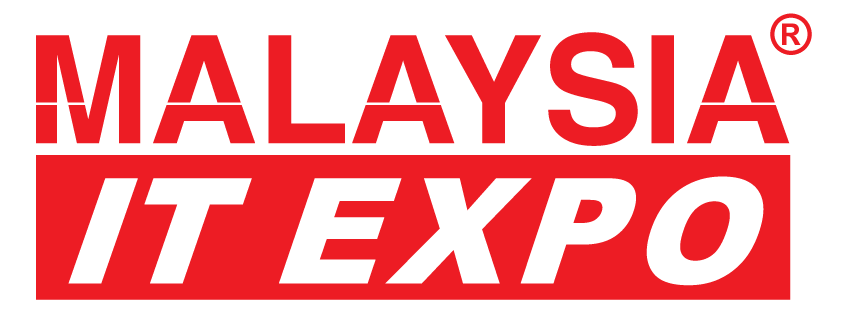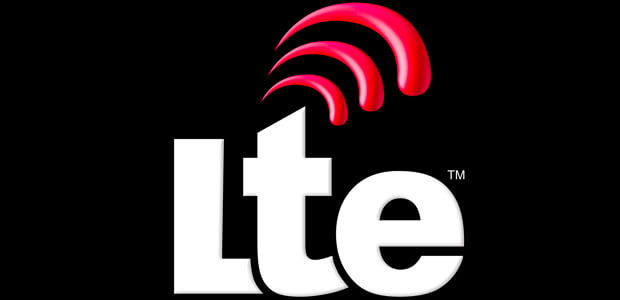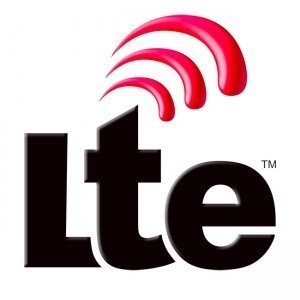It’s been several years since the first LTE networks came online. Now, nearly all cellular-enabled devices sold today support LTE for 4G service — sometimes even without 2G or 3G technologies supported.
The first LTE-compatible phones only had a few hours of practical battery life, but today’s devices can last an entire day or two on a single charge. That’s still not enough, of course, but we’re getting there. So, what is LTE? To most, it is a faster network technology. To network operators around the world, it is a way to simplify their infrastructures to reduce costs while improving the quality of their offerings to subscribers. Advertisements by network operators declare it as the “most advanced” network technology. In the end, it is Long Term Evolution of the Universal Mobile Telecommunications System (UMTS). LTE-Logo But that doesn’t tell us what LTE actually is. LTE is what the 3GPP (3rd Generation Partnership Project, the group responsible for standardizing and improving UMTS) designates as their next step. UMTS is the group of standards that define 3G for GSM networks across the world, including AT&T and T-Mobile’s 3G networks. The cdmaOne/CDMA2000 family of standards are not maintained by 3GPP, but by a different organization spearheaded by Qualcomm. For subscribers to operators with networks utilizing CDMA2000 technology, LTE is the replacement of mediocre CDMA2000 networks with a superior cellular telecommunications system offering flexibility and power to the network operator and the subscriber. LTE is a very good, easily deployable network technology, offering high speeds and low latencies over long distances. For example, two of the four operators’ LTE networks in New York City were rated well for achieving this goal. Verizon’s LTE service was rated with an average download speed of 31.1Mbps and an average upload speed of 17.1Mbps. T-Mobile’s LTE service was rated with an average download speed of 20.5Mbps and an average upload speed of 13.5Mbps. Of course, that doesn’t mean all networks are created equal. Some aren’t quite able to achieve these goals. For example, Sprint’s LTE service was rated with an average download speed of 4.0Mbps and an average upload speed of 2.5Mbps. AT&T’s LTE service was much better than Sprint’s, but still bad with an average download speed of 7.6Mbps and an average upload speed of 2.4Mbps. In this article, we will discuss what configurations LTE can be deployed in, why LTE is easily deployable, how LTE works as a radio technology, what types of LTE exist, how LTE affects battery life, what network operators want LTE to do, and the future of 4G as a whole. The most technical parts of the article are LTE can be deployed in, why LTE is easily deployable, how LTE works as a radio technology, and what types of LTE exist. For those who don’t want that information, you can skip to how LTE affects battery life and still get the gist of what we’re saying. But to get the complete picture, reading the whole article is advised. How LTE is configured for deployment LTE supports deployment on different frequency bandwidths. The current specification outlines the following bandwidth blocks: 1.4MHz, 3MHz, 5MHz, 10MHz, 15MHz, and 20MHz. Frequency bandwidth blocks are essentially the amount of space a network operator dedicates to a network. Depending on the type of LTE being deployed, these bandwidths have slightly different meaning in terms of capacity. That will be covered later, though. An operator may choose to deploy LTE in a smaller bandwidth and grow it to a larger one as it transitions subscribers off of its legacy networks (GSM, CDMA, etc.). MetroPCS was an example of a network operator that has done this. Before it was acquired by T-Mobile, a majority of its spectrum is still dedicated to CDMA, with 1.4MHz or 3MHz dedicated for LTE depending on the market. There were a few markets with 5MHz deployed, but these were the exception, not the rule. Leap Wireless (who did business as Cricket Communications) had also done the same thing prior to being acquired by AT&T, except it used 3MHz or 5MHz instead of 1.4MHz or 3MHz. Neither of these operators could afford to cut CDMA capacity by a significant degree just yet, so LTE operated on tiny bandwidths. Additionally, neither operator had enough backhaul (the core network infrastructure and connections to the internet) dedicated to LTE to make larger bandwidths worth it either. Of course, these issues went away when they were acquired. MetroPCS and Cricket transitioned service to the T-Mobile and AT&T networks, respectively. Their networks are being wound down and their spectrum is redeployed to support their new parent companies’ GSM/UMTS/LTE networks. Verizon Cell Tower On the other hand, Verizon Wireless has been using 10MHz wide channels for LTE all across the board for 750MHz, since it has the national allocation of spectrum available for it. In addition to that, the AWS spectrum it acquired from the cable companies and other transactions have allowed it to roll out a second LTE pipeline with 15MHz or 20MHz channels in most places. Like Verizon, T-Mobile is also rolling out wide channels for LTE on it’s AWS spectrum. Combined with excellent backhaul, LTE service from those two companies promise to be best in class. On AT&T’s side, LTE channel sizes vary depending on the market. In most markets, AT&T has 10MHz channels on 700MHz, but there are many where it only has 5MHz. It has resorted to cutting down GSM capacity to reuse the spectrum to support its customers, as singular 5MHz or even 10MHz channels aren’t enough. Sprint has a similar problem, as its main network is a singular 5MHz channel nationally. It is using the spectrum it has from acquiring Clearwire to supplement it with 20MHz channels for additional capacity. Less spectrum means that fewer customers can obtain the same high speeds that Verizon’s LTE customers get when connected to any particular cell. LTE can support up to 200 active data clients (smartphones, tablets, USB modems, mobile hotspots, etc.) at full speed for every 5MHz of spectrum allocated per cell. That means that if a particular tower has 20MHz of spectrum allocated to it, it can support up to 800 data clients at full speed. There are ways of supporting more data clients per 5MHz, but doing so requires sacrificing speed and capacity, as the 200-per-5MHz ratio is the optimal configuration. However, spectrum isn’t everything to LTE quality, as I will discuss later. How LTE actually works LTE uses two different types of air interfaces (radio links), one for downlink (from tower to device), and one for uplink (from device to tower). By using different types of interfaces for the downlink and uplink, LTE utilizes the optimal way to do wireless connections both ways, which makes a better-optimized network and better battery life on LTE devices. For the downlink, LTE uses an OFDMA (orthogonal frequency division multiple access) air interface as opposed to the CDMA (code division multiple access) and TDMA (time division multiple access) air interfaces we’ve been using since 1990. What does this mean? OFDMA (unlike CDMA and TDMA) mandates that MIMO (multiple in, multiple out) is used. Having MIMO means that devices have multiple connections to a single cell, which increases the stability of the connection and reduces latency tremendously. It also increases the total throughput of a connection. We’re already seeing the real-world benefits of MIMO on WiFi N routers and network adapters. MIMO is what lets 802.11n WiFi reach speeds of up to 600Mbps, though most advertise up to 300-400Mbps. There is a significant disadvantage though. MIMO works better the further apart the individual carrier antennae are. On smaller phones, the noise caused by the antennae being so close to each other will cause LTE performance to drop. WiMAX also mandates the usage of MIMO since it uses OFDMA as well. HSPA+, which uses W-CDMA (a reworked, improved wideband version of CDMA) for its air interface, can optionally use MIMO, too. For the uplink (from device to tower), LTE uses the DFTS-OFDMA (discrete Fourier transform spread orthogonal frequency division multiple access) scheme of generating a SC-FDMA (single carrier frequency division multiple access) signal. As opposed to regular OFDMA, SC-FDMA is better for uplink because it has a better peak-to-average power ratio over OFDMA for uplink. LTE-enabled devices, in order to conserve battery life, typically don’t have a strong and powerful signal going back to the tower, so a lot of the benefits of normal OFDMA would be lost with a weak signal. Despite the name, SC-FDMA is still a MIMO system. LTE uses a SC-FDMA 1×2 configuration, which means that for every one antenna on the transmitting device, there’s two antennae on the base station for receiving.






